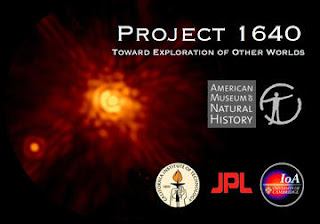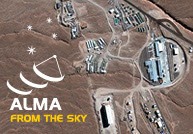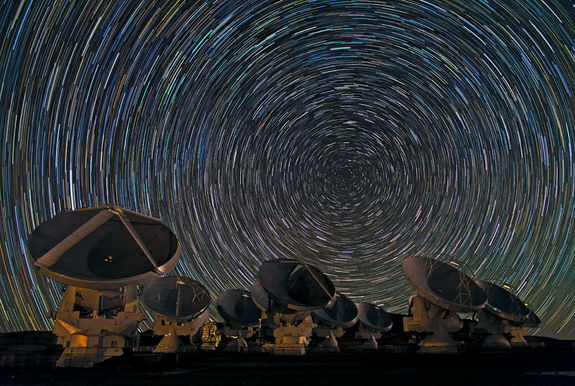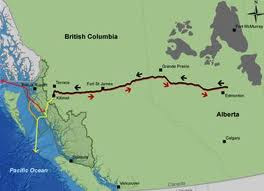Video of Talk, Presentations and Films: The National Energy Board is conducting hearings on Enbridge's proposal for a pipeline from Alberta's tar sands to the town of Kitimat in the heart of BC's Great Bear Rainforest. If approved, over 200 oil tankers would be navigating the difficult waters off BC's Northwest Coast each year. This public forum will focus on the project's risks to the economy, the environment and to local communities.
The 2012 Panel Speakers:
Dr. Wade Davis, Explorer in Residence, National Geographic Society, Visiting Professor and Senior Fellow of the Masters in Development Practice (MDP) Indigenous Development program, University of Winnipeg and author of The Sacred Headwaters: the fight to save the Stikine, Skeena and Nass.
Gerald Amos, former elected Chief Councillor for the Haisla First Nation for 12 years. He has been a leading voice for conservation in Canada for thirty years. He is the author of an open letter to Prime Minister Stephen Harper and Natural Resources Minister, Joe Oliver "No apology forthcoming."
Lynne Fernandez, Canadian Centre of Policy Alternatives. Lynne has an MA in economics from the University of Manitoba. As a research associate at the Manitoba office of the Canadian Centre for Policy Alternatives, Lynne has studied municipal and provincial social and economic policy. She is also interested in labour and environmental issues.
Anne Lindsey, former executive director, Manitoba Eco-Network. Anne has worked and volunteered on Manitoba and national issues such as nuclear waste, forestry, food and pesticides, since 1984, including numerous experiences with environmental reviews.
Moderated by Richard Cloutier, host of Richard Cloutier Reports on CJOB 68.
This Panel and event was organized by the Manitoba Eco-Network, Green Action Centre, Climate Change Connection, the Council of Canadians, and the Green Action Committee of the First Unitarian-Universalist Church, with the support of the University of Manitoba's Global Political Economy Program and the University of Winnipeg. Contact: Manitoba Eco-Network
Video Production: Paul S. Graham - Editor, Camera and Ken Harasym - Camera
This Panel and event was organized by the Manitoba Eco-Network, Green Action Centre, Climate Change Connection, the Council of Canadians, and the Green Action Committee of the First Unitarian-Universalist Church, with the support of the University of Manitoba's Global Political Economy Program and the University of Winnipeg. Contact: Manitoba Eco-Network
Video Production: Paul S. Graham - Editor, Camera and Ken Harasym - Camera
"This area of the British Columbia, Canada, coast line is one of the great wonders of the world and Enbridge wants to build a pipe line from Alberta to the B.C. coastline to ship oil to China..."
















































